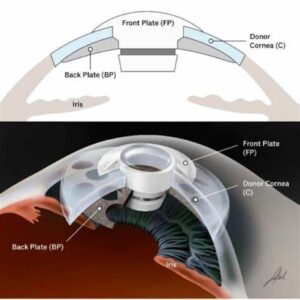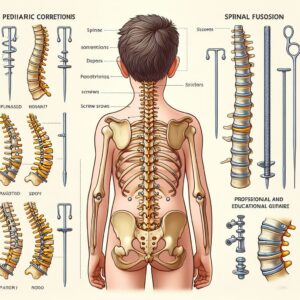Description
Familiarity with Treatment:
Hand fracture repair involves surgical intervention to realign and stabilize broken bones in the hand. The procedure aims to restore the normal anatomy of the hand, promote proper healing, and regain optimal function.
Procedure:
- Reduction: The fractured bone fragments are carefully repositioned to their anatomically correct alignment.
- Fixation: Internal fixation devices such as plates, screws, wires, or pins may be used to stabilize the fracture and maintain proper alignment during the healing process.
Who is it Suitable for?
Hand fracture repair is suitable for individuals with severe, displaced, or comminuted fractures in the hand that are not amenable to non-surgical management. It is often considered for patients with fractures that affect hand function, stability, or alignment, particularly those involving joints or multiple bones.
Who is it Not Suitable for?
Hand fracture repair may not be suitable for individuals with stable, non-displaced fractures that can be effectively managed through non-surgical means. Additionally, those with medical conditions that pose significant surgical risks may not be good candidates for this procedure.
Advantages:
- Anatomical Restoration: Hand fracture repair aims to restore the fractured bones to their original anatomical alignment, promoting optimal healing and long-term hand function.
- Early Mobilization: With stable fixation, patients may be able to begin early mobilization and rehabilitation, potentially reducing the risk of complications associated with prolonged immobilization.
Complications:
- Potential complications of hand fracture repair may include infection, non-union (failure of the bone to heal), malunion (improper healing leading to deformity or dysfunction), hardware failure, and nerve or blood vessel injury.
Preoperative Care:
- Comprehensive evaluation of the fracture pattern and the patient’s overall health to determine the need for surgical intervention.
- Imaging studies such as X-rays or CT scans to assess the extent and complexity of the fracture.
- Patient education regarding the procedure, including potential risks and benefits, as well as expectations for recovery and rehabilitation.
Postoperative Care:
- Immobilization and protection of the surgical site during the initial healing phase.
- Physical therapy and rehabilitation to restore hand strength, mobility, and function.
- Monitoring for signs of infection, impaired healing, or complications.
- Regular follow-up appointments for imaging and clinical assessment of bone healing and hand function.







Reviews
There are no reviews yet.